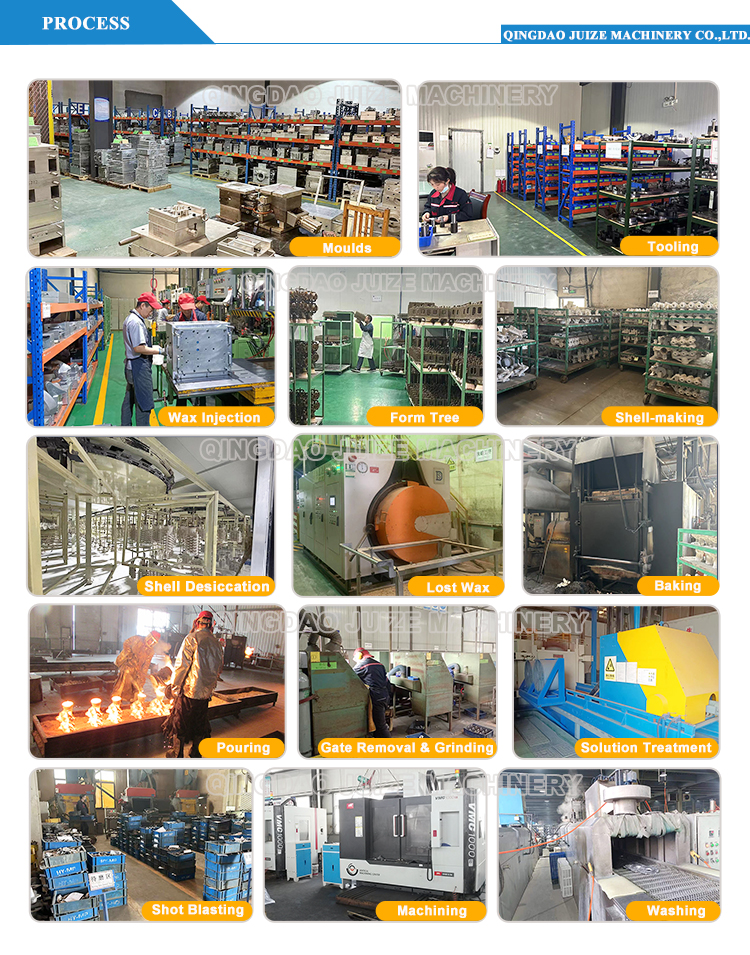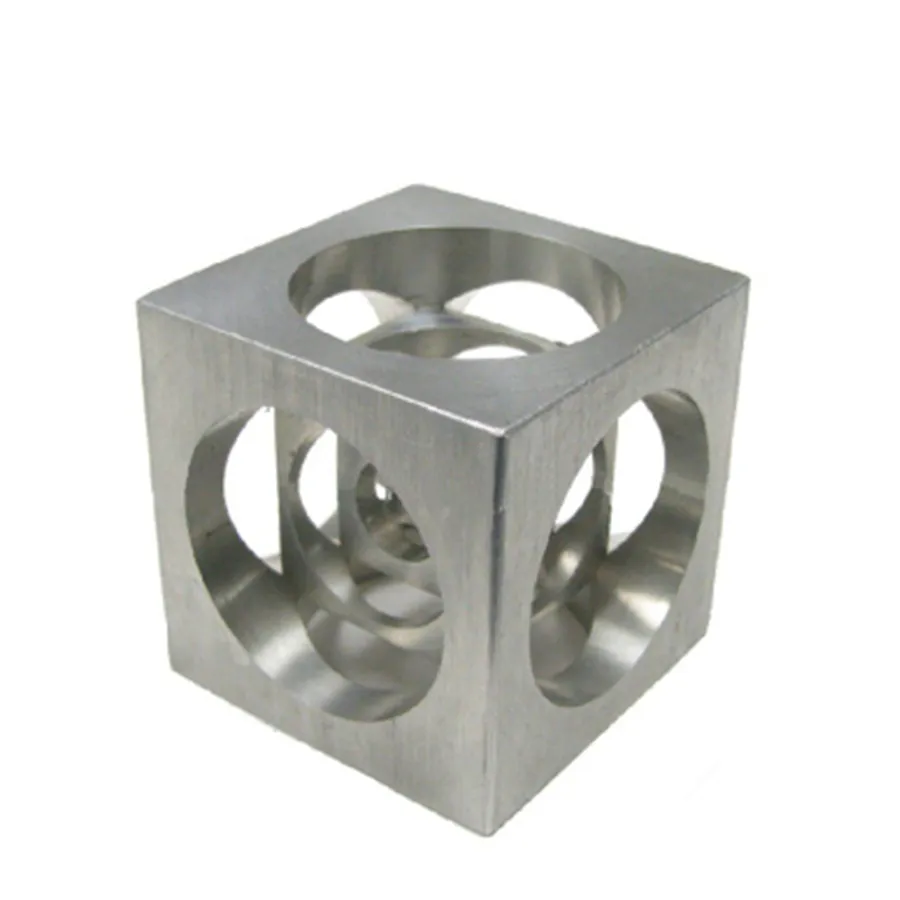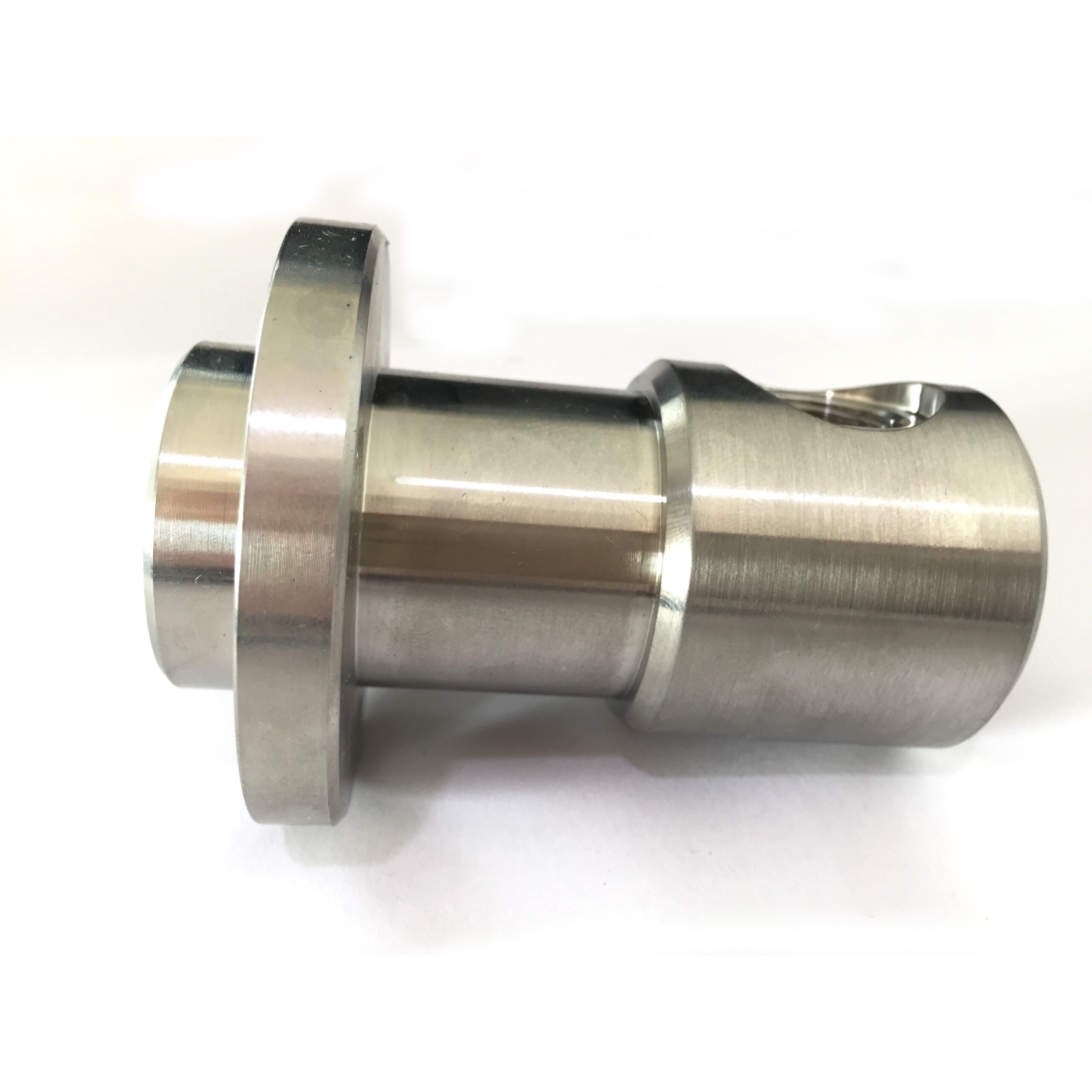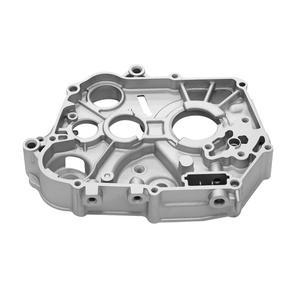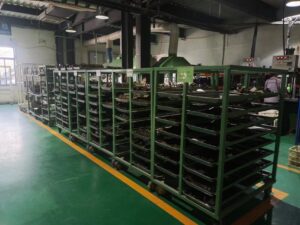
The materials used for molds in metal casting vary significantly depending on the casting process, the type of metal being cast, the required production volume, the desired surface finish, dimensional accuracy, and cost considerations. Here’s an overview of common mold materials used in different metal casting processes:
1. Sand Casting Molds (Most Common Process)
Mold Material: Sand bonded with a binder.
Types:
Green Sand: Mixture of silica sand, clay (bentonite), water, and sometimes additives. Inexpensive and reusable. The mold itself is destroyed (“broken”) to remove the casting.
Resin-Bonded Sand: Sand mixed with synthetic resins (e.g., phenolic, furan) hardened by heat or catalysts. Provides better dimensional accuracy and surface finish than green sand. Used for cores and complex molds.
Sodium Silicate (CO2) Sand: Sand bonded with sodium silicate, hardened by passing CO2 gas. Fast production, good accuracy.
Shell Molding: Fine sand coated with a thermosetting phenolic resin is heated against a metal pattern to form a thin, hard shell. Excellent surface finish and dimensional accuracy for medium volumes.
Pattern Materials (The model used to form the mold cavity):
Wood: Cheap, easy to work with, good for prototypes and low-volume production. Wears relatively quickly.
Metal (Aluminum, Steel, Cast Iron): Durable, precise, good surface finish, withstands high production volumes. More expensive than wood.
Plastics/Polymers (Epoxy, Urethane): Good durability and detail, often cheaper than metal, used for moderate volumes.
3D Printed Materials (Polymer, Sand): Used for rapid prototyping and increasingly for direct mold/core production (especially with binder jetting sand printers).
2. Die Casting Molds (High Pressure)
Mold Material: High-Alloy Tool Steels.
Requirements: Must withstand extremely high pressures (hundreds to thousands of psi), repeated thermal cycling (molten metal injection), and molten metal erosion/corrosion. Requires high hardness, hot strength, thermal fatigue resistance, and toughness.
Common Steel Grades:
H13 (AISI/SAE): The most widely used die steel. Excellent combination of hot hardness, toughness, and thermal fatigue resistance. Good machinability and polishability.
H11 (AISI/SAE): Similar to H13 but slightly lower in toughness and hardenability. Sometimes used.
Tool Steels for Specific Areas: Different mold components might use steels optimized for specific needs:
Cavity & Cores: H13, H11, sometimes premium grades like Maraging steel (high toughness) or Copper alloys (high thermal conductivity) for inserts in critical cooling areas.
Ejector Pins, Cores: High-hardness steels like D2, A2, or M2 for wear resistance.
Mold Base: Lower-cost pre-hardened steels like P20 or 4140.
Surface Treatments: Often hardened (heat treated) and may receive surface treatments like Nitriding or Chromium Plating to further enhance surface hardness, wear resistance, and resistance to soldering (molten metal sticking to the die).
3. Permanent Mold/Gravity Die Casting Molds
Mold Material: Metal (typically Iron or Steel).
Requirements: Good thermal conductivity (to control solidification), resistance to thermal fatigue, adequate strength at temperature, and resistance to oxidation/warping. Less severe conditions than high-pressure die casting.
Common Materials:
Gray Cast Iron: Widely used, good thermal conductivity, thermal shock resistance, machinability, and relatively low cost. Good for lower melting point alloys (Al, Mg, Zn, some Cu).
Ductile (Nodular) Iron: Better strength and toughness than gray iron, used for more demanding applications.
Alloy Steels (e.g., H13, 4140, 4340): Used for higher melting point alloys (like copper-base) or for molds requiring longer life or higher precision. H13 is common for aluminum permanent molds.
Hot Work Tool Steels: Similar to die casting.
Copper Alloys (Bronze, Beryllium Copper): Used selectively for inserts requiring very high thermal conductivity in critical cooling areas.
4. Investment Casting (Lost-Wax Casting) Molds
“Mold” Material (The Refractory Shell): Ceramic Slurry & Stucco.
The pattern (usually wax or plastic) is dipped into a ceramic slurry (fine refractory flour like silica, zircon, or alumina suspended in a liquid binder – colloidal silica or ethyl silicate).
It’s then coated with coarse refractory stucco (sand/grit like silica, alumina, zircon, or mullite).
This dip-coat/stucco process is repeated several times to build a thick, strong shell.
The shell is dried and fired at high temperature to burn out the pattern and sinter the ceramic, creating the final mold.
Pattern Die Materials (To make the wax patterns):
Metal (Aluminum, Steel): For high-volume production. Durable and precise.
Silicone Rubber/Soft Tooling: For lower volumes or prototypes. Wax patterns are injected into silicone molds made from a master model.
3D Printed Polymers: Increasingly used for direct printing of patterns or masters for silicone molds.
5. Lost Foam Casting (Expanded Polystyrene – EPS) Molds
Pattern Material: Expanded Polystyrene (EPS) Foam.
Mold Material: Unbonded Sand (typically fine-grained silica sand or sometimes zircon/olivine). The foam pattern is embedded in loose sand, which is compacted around it. Molten metal vaporizes the foam and fills the cavity. The sand simply provides support and shape; it’s not bonded like in sand casting.
Key Factors Influencing Mold Material Selection
Casting Process: Dictates the fundamental type of mold required (sand, metal die, ceramic shell).
Production Volume: High volumes justify expensive, durable metal dies (Die/Permanent mold). Low volumes favor cheaper, less durable materials (wood, sand, silicone).
Metal Being Cast: Melting temperature, reactivity, and fluidity influence material choice. Higher melting points (e.g., steel, iron) require more refractory materials (ceramic shells, special sands, high-grade tool steels) than lower melting point alloys (Al, Zn, Mg).
Required Dimensional Accuracy & Surface Finish: Metal dies and ceramic shells produce much better accuracy and finish than sand molds.
Part Complexity: Complex parts influence pattern/mold design and material choice (e.g., need for collapsibility in sand cores).
Cost: Includes material cost, pattern/die fabrication cost, mold life (number of casts), and cycle time.
In summary: There’s no single “mold material” for metal casting. Sand (bonded or unbonded) is ubiquitous for expendable molds in sand casting. High-alloy tool steels (like H13) are essential for the demanding environment of die casting. Cast iron and alloy steels are common for permanent molds. Ceramic slurries form the refractory shells for investment casting, while unbound sand supports foam patterns in lost foam casting. The choice is highly application-specific.

